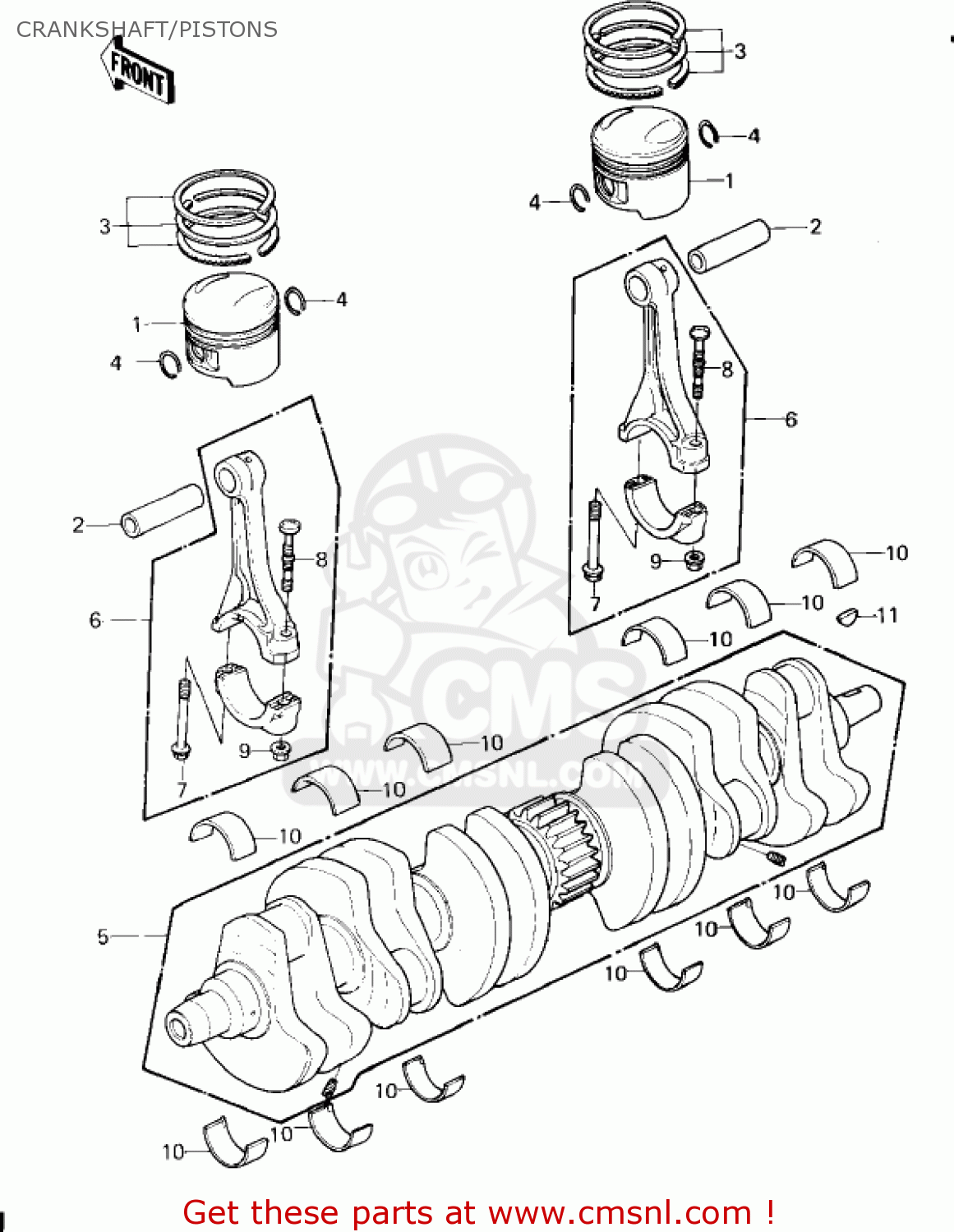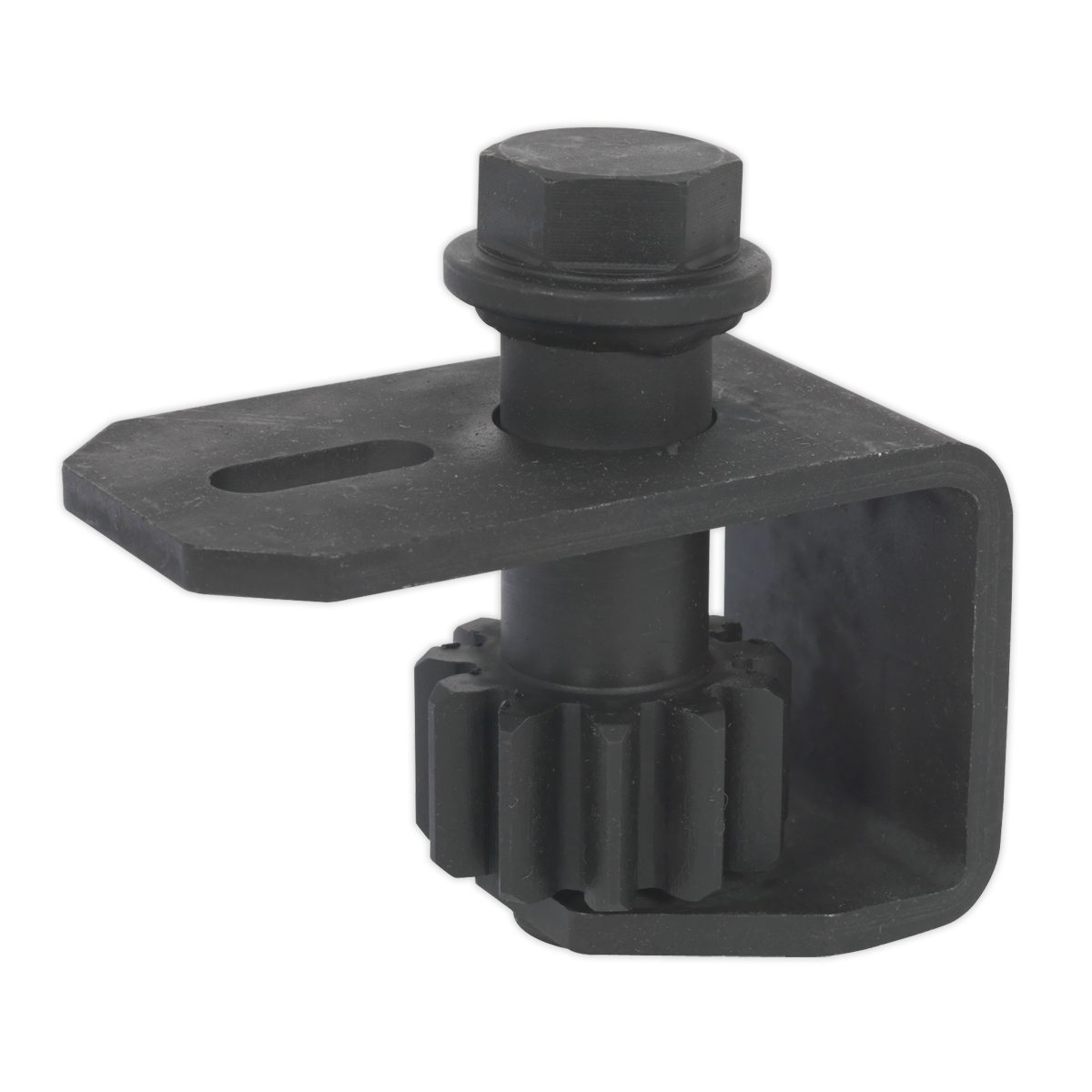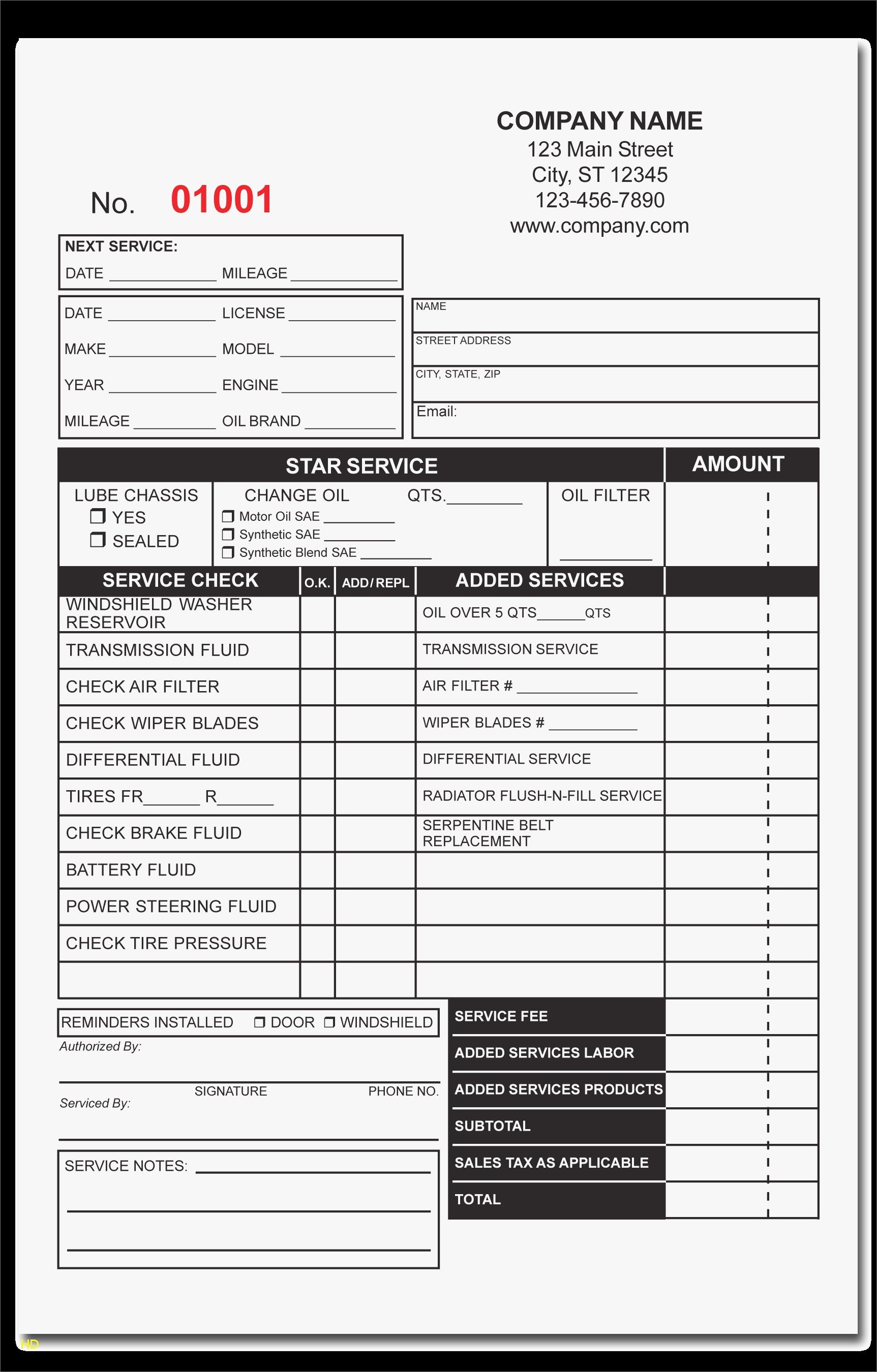About 5 Functions Of A Crankshaft trending
Have you ever wondered how your car engine turns the wheels? It’s all thanks to the crankshaft, a vital part that plays a crucial role in converting linear motion into rotary motion.
From powering your daily commute to enabling high-speed chases in movies, the crankshaft is the unsung hero behind every smooth-running engine.
So, what are the 5 Functions Of A Crankshaft? Read on to discover its pivotal role in the heart of your vehicle.
5 Functions Of A Crankshaft
The crankshaft is a rotating shaft that transforms the up-and-down motion of pistons into rotational energy, which is then transmitted to the wheels.
Function 1: Converting Reciprocating Motion into Rotary Motion
The crankshaft is connected to the pistons through connecting rods. As the pistons move up and down in the cylinders, they push and pull on the connecting rods, causing the crankshaft to rotate.
This conversion of reciprocating motion (up-and-down) into rotary motion (spinning) is the foundation of the engine’s power generation.
Function 2: Counterbalancing Engine Vibrations
The crankshaft also acts as a counterweight to balance the forces created by the reciprocating pistons. As the pistons move in different directions, the crankshaft’s counterweights counteract the resulting vibrations, ensuring a smooth and stable engine operation.

Without counterbalancing, the engine would suffer from excessive vibrations, potentially leading to premature wear and tear.
Function 3: Distributing Power to the Drivetrain
Once the crankshaft converts the piston’s motion into rotational energy, it transmits this power to the drivetrain, which includes the transmission, driveshaft, differential, and wheels.

Through the drivetrain, the crankshaft’s rotational force is distributed to the wheels, enabling your vehicle to move.
Function 4: Synchronizing Engine Components
The crankshaft plays a crucial role in synchronizing the timing of various engine components. It ensures that the valves open and close at the right time relative to the piston’s movement, optimizing combustion and engine efficiency.

Without proper synchronization, the engine would run inefficiently, potentially leading to reduced power and increased emissions.
Function 5: Supporting Auxiliary Systems
Beyond its primary functions, the crankshaft also serves as a mounting point for various auxiliary systems. These systems include the oil pump, water pump, and alternator, which rely on the crankshaft’s rotation to operate.

By supporting these auxiliary systems, the crankshaft ensures that the engine has a constant supply of oil, coolant, and electricity, allowing for optimal performance.
5 Functions Of A Crankshaft: A Deeper Dive
Now that you understand the 5 Functions Of A Crankshaft, let’s delve deeper into each function and its importance in the overall engine operation.
1. Converting Reciprocating Motion into Rotary Motion
The crankshaft’s ability to convert linear piston motion into rotational energy is essential for the engine’s power generation. This conversion is what allows the engine to create the necessary torque and horsepower to propel the vehicle.
The crankshaft’s design consists of a series of cranks or throws, with each throw being connected to a connecting rod and piston. As the pistons move up and down within the cylinders, they push and pull on the connecting rods, which in turn rotate the crankshaft.
The crankshaft’s rotation creates a smooth, continuous motion that is then transmitted to the drivetrain and ultimately the wheels.
2. Counterbalancing Engine Vibrations
The crankshaft’s counterbalancing function is crucial for ensuring a stable and vibration-free engine operation. As the pistons move in different directions within the cylinders, they create unbalanced forces that could cause excessive vibrations throughout the engine.
To counteract these forces, the crankshaft is equipped with counterweights. These counterweights are positioned opposite to the crank throws and rotate with the crankshaft, creating a balancing effect that minimizes vibrations.
Without proper counterbalancing, the engine would experience excessive shaking and shuddering, leading to premature wear and tear of engine components.
3. Distributing Power to the Drivetrain
Once the crankshaft converts the piston’s motion into rotational energy, it becomes responsible for distributing this power to the drivetrain. The drivetrain consists of a series of components, including the transmission, driveshaft, differential, and wheels.
The crankshaft transmits power to the transmission, which then directs it to the driveshaft and differential. The differential distributes the power to the wheels, enabling the vehicle to move.
The crankshaft’s role in power distribution is essential for ensuring that the engine’s power is effectively transferred to the wheels, providing the necessary torque and acceleration.
4. Synchronizing Engine Components
The crankshaft plays a critical role in synchronizing the timing of various engine components, including the valves, camshafts, and fuel injection system. This synchronization is essential for optimizing engine performance and efficiency.
The crankshaft’s rotation provides a reference point for the timing of these components. The camshafts, which control the opening and closing of the valves, are driven by the crankshaft through timing gears or belts.
Precise synchronization ensures that the valves open and close at the appropriate times relative to the piston’s movement, allowing for efficient combustion and minimizing emissions.
5. Supporting Auxiliary Systems
In addition to its primary functions, the crankshaft also serves as a mounting point for various auxiliary systems that are essential for the engine’s operation. These systems include the oil pump, water pump, and alternator.
The oil pump relies on the crankshaft’s rotation to circulate oil throughout the engine, lubricating moving parts and preventing wear. The water pump also uses the crankshaft’s rotation to circulate coolant through the engine, maintaining optimal operating temperatures.
The alternator, which generates electricity for the vehicle’s electrical system, is also driven by the crankshaft’s rotation. By supporting these auxiliary systems, the crankshaft ensures that the engine has a constant supply of oil, coolant, and electricity, allowing for reliable performance.
5 Functions Of A Crankshaft: Practical Applications
To further illustrate the importance of the crankshaft, let’s explore some practical applications where its functions are essential.
1. Powering Your Daily Commute
Every time you start your car and drive to work or run errands, you rely on the crankshaft to convert the reciprocating motion of the pistons into the rotational energy that powers the wheels.
Without a properly functioning crankshaft, your car would not be able to generate the necessary torque and horsepower to move, leaving you stranded.
2. Enabling High-Speed Chases in Movies
In action-packed movies, high-speed chases often showcase the power and performance of vehicles. These high speeds are made possible by the crankshaft’s ability to efficiently convert engine power into rotational motion.
The crankshaft’s counterbalancing function also plays a crucial role in these scenes, as it minimizes vibrations and ensures a smooth ride, even at extreme speeds.
3. Supporting Auxiliary Systems in Heavy Machinery
Crankshafts are not limited to passenger vehicles but also play an essential role in heavy machinery used in construction, farming, and mining operations.
In these applications, the crankshaft’s function of supporting auxiliary systems is particularly important. The oil pump, water pump, and alternator rely on the crankshaft’s rotation to provide lubrication, cooling, and electricity, even in demanding conditions.
5 Functions Of A Crankshaft: Conclusion
The crankshaft is a vital component in any engine, serving multiple functions that are essential for smooth and efficient operation. From converting reciprocating motion into rotary motion to distributing power and synchronizing engine components, the crankshaft plays a pivotal role in the performance and reliability of vehicles.
Understanding the 5 Functions Of A Crankshaft not only enhances your knowledge of automotive mechanics but also provides a deeper appreciation for the engineering marvel that powers our daily lives.






